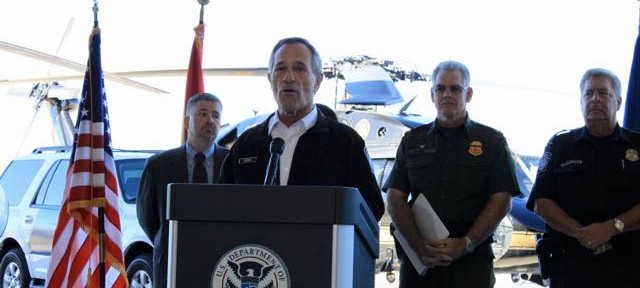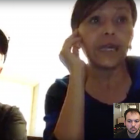hiatus

MFM blog update: Missing persons reports and blog hiatus
|
Starting this month, I’m forwarding missing persons reports submitted to Missing from Mexico (through the blog and / or social media) directly to Colibri Center for Human Rights. They also take reports directly here. Also this fall is bringing several new projects. I’m excited about them and hope to share more about them here in the future. In the meantime, Missing from Mexico will be going on indefinite hiatus.
